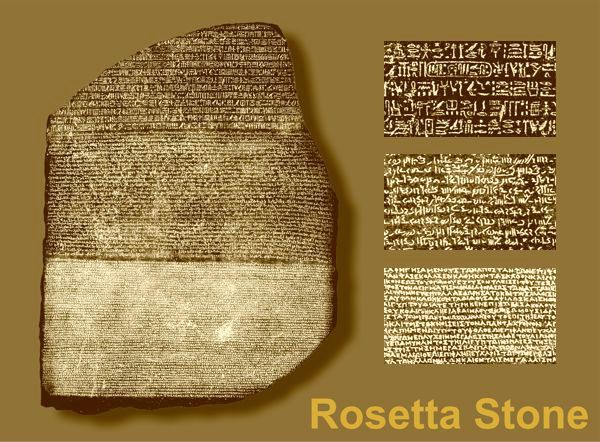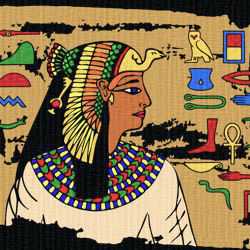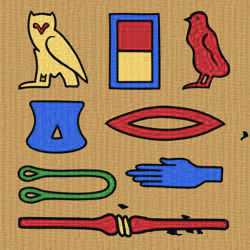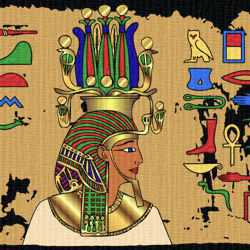Ancient Egyptian Hieroglyphics - The Rosetta Stone
The Rosetta Stone was discovered in 1799 by one of Napoleon's soldiers. It is a black basalt slab that provided the key to understanding hieroglyphics.

The Rosetta Stone is our key to understanding the meaning of hieroglyphs.
-
The Rosetta Stone was a black basalt slab with the same piece of writing carved in three different languages: Hieroglyphics (top), Demotic (middle) and Greek (bottom).
-
Scholars were able to make sense of the hieroglyphic version by comparing it with the Greek which they already understood.
-
The Rosetta Stone was discovered in 1799, during the French Revolutionary Wars, by one of Napoleon's officers near the town of Rosetta (now called Rashid) . In 1801, it was captured by the British and, since 1802, has been on show in the British Museum.
-
In 1822, a French Egyptologist called Jean Francois Champollion (1790-1832) was the first person to translate all the hieroglyphs on the stone. He discovered that it was a piece of writing in praise of the good works of the pharaoh Ptolemy V and that it was carved in 196 BC. Thanks to his work, we now have a knowledge of the language of the Ancient Egyptians and an appreciation of this great civilization through the many hieroglyphic writings that have survived.





